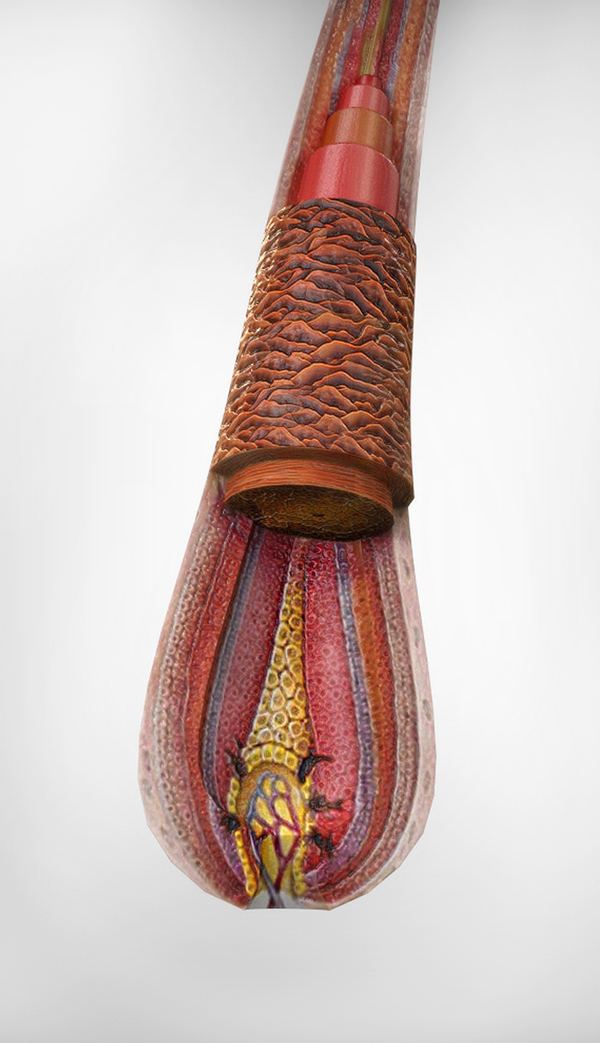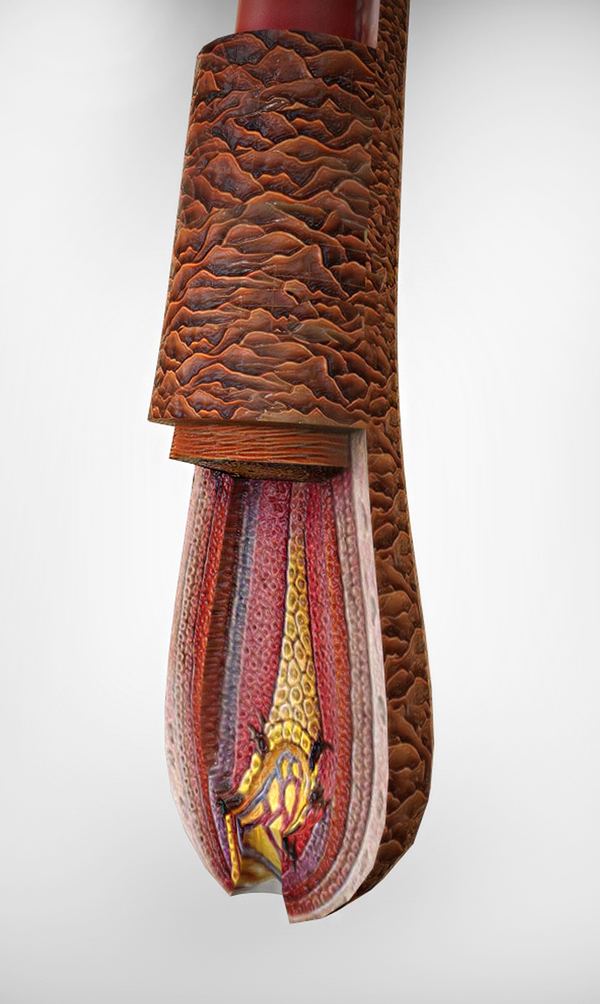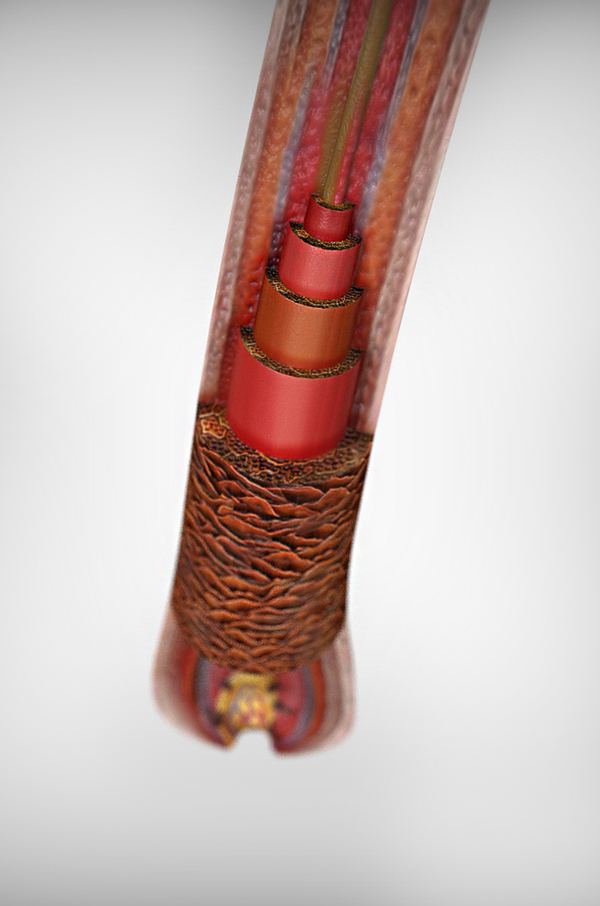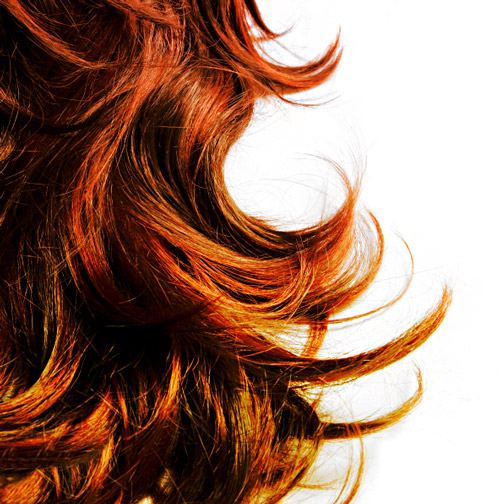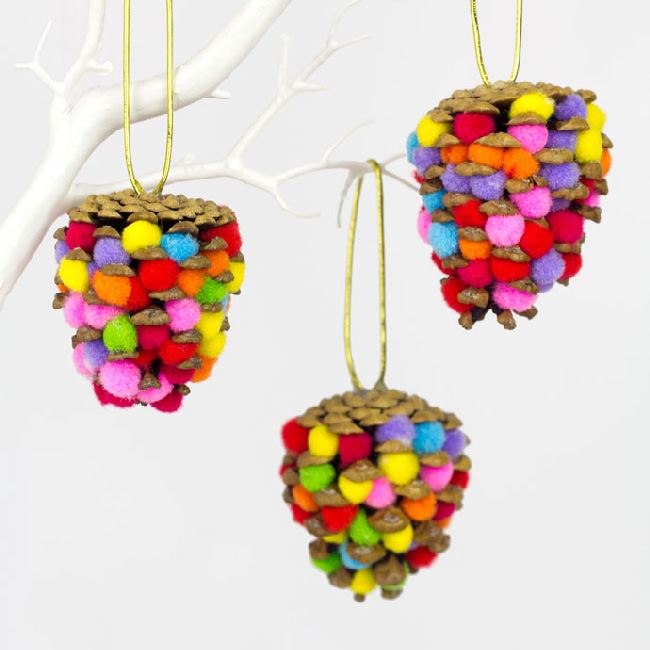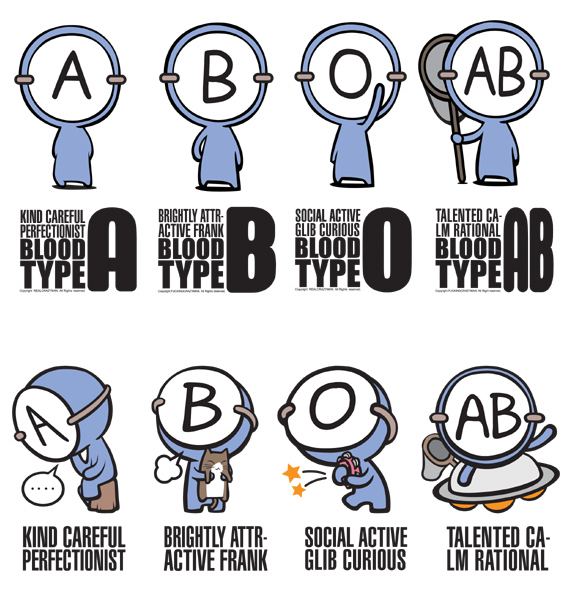Is it possible to dye your hair during your period
I’ve never thought about when to dye my hair - if you have the time and the mood, then you have to! I didn’t notice any problems myself. And then a selection of myths about menstruation caught my eye, and one of the theses was the myth that it is undesirable to wear makeup during menstruation. Hooked.
I started looking for research on whether it is possible to dye your hair during your period. Either I didn’t search well in the databases of dissertations and scientific papers, or such research was not carried out. I had to compile more or less logical information on biology and formed my own opinion - it is possible to dye your hair during menstruation, with some reservations.
Anatomy of hair
I must start with the anatomy of hair, since the discussion about hormones can be interpreted incorrectly if you still believe that hair is ALIVE. From the drawings and 3D models, much becomes clear without words:
I won’t describe the anatomy of hair in detail, but I’ll still say a few words about it.
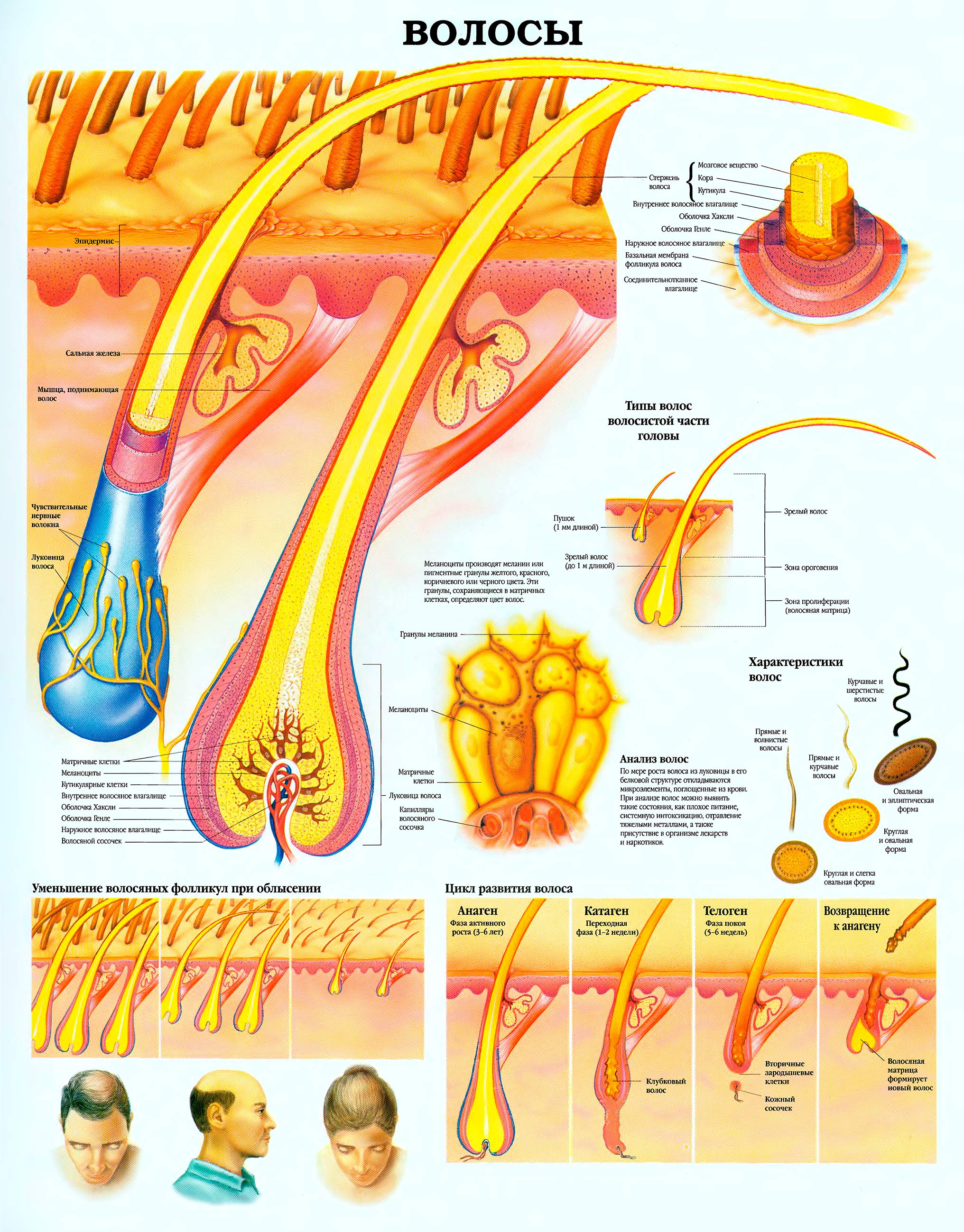 The composition of scalp hair is 78% protein, 15% water, 6% lipids and 1% pigment.
The composition of scalp hair is 78% protein, 15% water, 6% lipids and 1% pigment.
The medulla (medulla) in the center of the root gradually disappears, rising along the hair funnel. Consists of the central cells of the hair follicle. As hair grows, the cells gradually rise up and are replaced by keratin at approximately the level of the sebaceous glands. The cells dry out and become horny scales. Body hair, or vellus, does not contain brain matter. “The medulla does not play any role in changing either the chemical or physical properties of the hair. At the middle and upper level of the root, all layers merge into one layer of keratinized cells consisting of soft keratin.” Atlas of Human Anatomy, V.B. Marysaev.
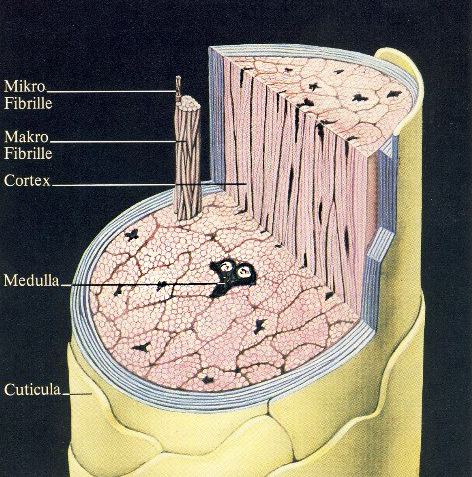
However, in theory, brain cells can be in some quantity conditionally “alive”, surrounded by gas molecules. That is, some signals could be transmitted between cells, but very ineffectively, and the issue of their nutrition is also not covered in the literature available to me.
The lack of life in the hair confirms the process of graying. Hair turns gray from the root, as well as when the hair follicle “restarts,” when hair with melanin falls out and gray hair grows in its place.
You rarely see half-dyed hair on your head for another reason - melanin is destroyed under the influence of external factors, and the older a person is, the more unstable the melanin is (my scientific formulation is lame, but I’m trying to tighten it up).
The myth of graying overnight is discussed in the German book Lexikon der populaeren Irrtuemer (W. Krämer, G. Trenkler). But ultraviolet radiation, in fairness, destroys melanin much faster in places of increased solar activity in representatives of the Nordic type.
Update 03/03/2021. A new study on graying has come out, finally putting an end to this issue. I highly recommend reading the popular article on Postnauka.
Healthy, “living” hair is no higher than 2 cm from the roots. It is these 2 cm that, to some extent, can receive nutrition through serums, balms and oils, if the molecule of the substance is not too long (large) and if cellular nutrition generally allows any substance from our “lotions” and masks through its membrane, including the form in which we rub it all in.
Hormones and hair
And now I get to the point. The quality of coloring can be affected by hormonal levels that change the intensity of sebum production.
Our entire cycle is a game of hormones. Hormonal levels affect the skin, and therefore the scalp. During PMS and the first 2-3 days of your period, testosterone levels rise, increasing sebum production. During this period, hair becomes “dirty” much faster. This is especially noticeable during hot styling - I’ve just gotten out of the shower, blow-dryed my hair, and it’s already “falling” at the roots.
From day 3-4 of the cycle and throughout the week, estrogen increases, sebum production decreases, skin and hairstyle are much better (if you do not have dry skin and hair).
If you dye freshly washed hair (which, in general, is not recommended when using chemical dyes, and is generally contraindicated when bleaching), then there should be no problems with uneven coloring. Problems may arise if you have long hair and the distribution of sebum along the entire length of the hair is impossible. Natural hair protection prevents pigment from penetrating into the structure only where there is sebum. Coloring may be uneven - more intense color closer to the ends.
I believe the woman’s general attitude towards the procedure during this period also influences. When coloring is carried out at home, some discrepancies occur much more often than when coloring by a specialist with professional pigments on any day of the cycle. I dye my hair with henna and basma, immediately after a thorough degreasing wash, which is probably why the result is always predictable. But I must admit, now I will try to get on the least testosterone days))). I hope the material will be useful.
Read how I washed off the henna here .
